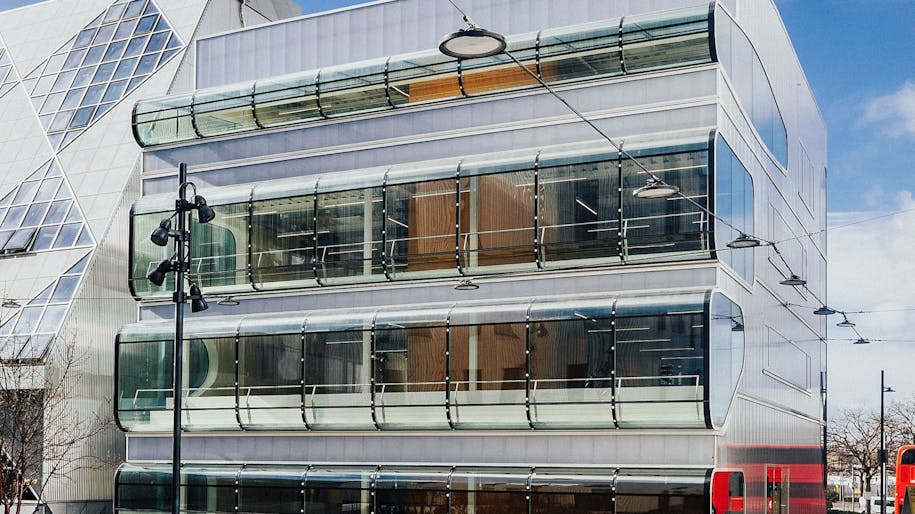
Meet Schulze & Grassov
The practice
Schulze+Grassov is a growing Copenhagen-based studio of architects and landscape architects established by Louise Grassov and Oliver Schulze in 2013. The practice has worked on public urban design projects in Denmark, Germany, the United Kingdom and the United States, from rooftop gardens to a scheme in former mining towns.
The landscape
The public spaces of Design District are inspired by the dinner table. It’s a place at the heart of the home where family and friends’ lives intersect with warmth. Just as people chat over the table, the design of the public realm encourages communication. Natural stone paving ties the neighbourhood’s 16 buildings together, with areas of public seating and clusters of new trees which will be at their prime during different seasons. Coworking yards for makers are a modern take on the traditional London working yard.

